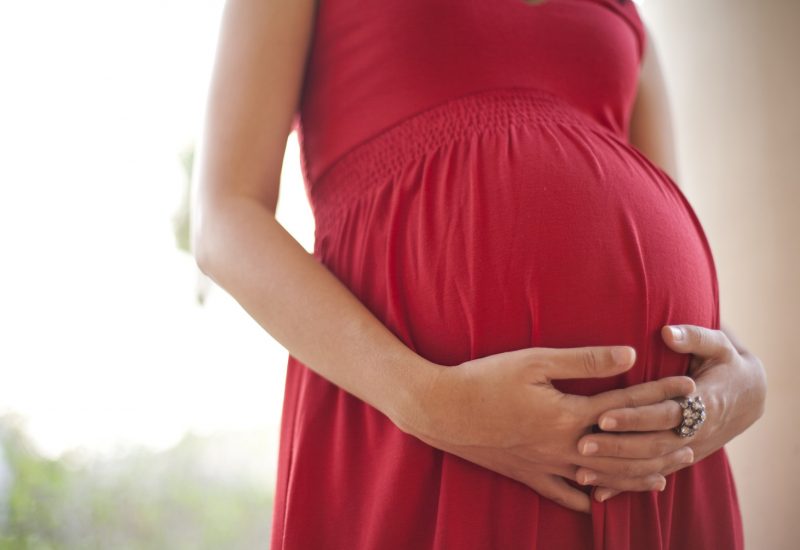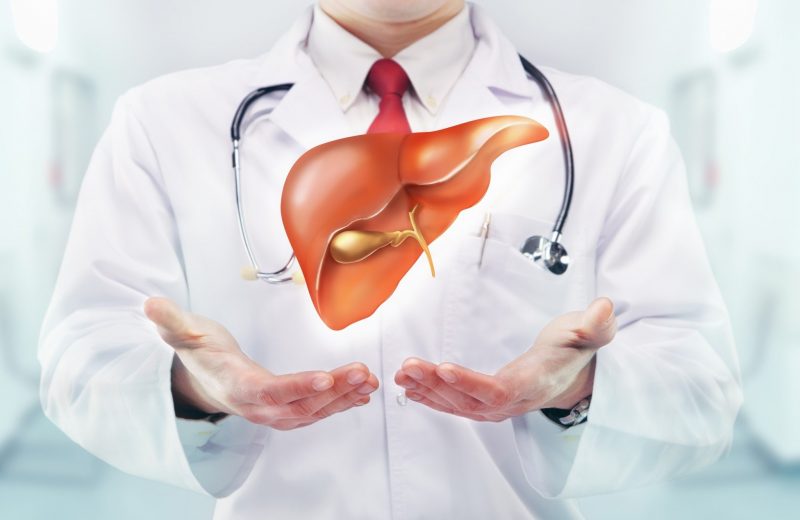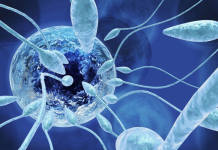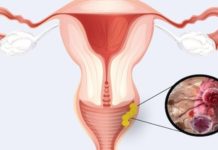An absolutely healthy person - in a timely world, the concept is quite abstract. Various factors may not affect the body in the best way. In some cases, a person may be surprised to note that he has previously had problems with the liver that are unusual for him - the symptoms of diseases of this organ are usually quite eloquent.
Material Content:
- 1 What liver diseases indicate different symptoms
- 2 External symptoms
- 3 Signs of disease with pain
- 4 What else happens in the body with liver problems
- 5 The difference in symptoms in men and women
- 6 How to understand that liver problems during pregnancy
- 7 Detection of diseases in a child
- 8 Which doctor to contact
What liver diseases indicate different symptoms
Impaired liver function is often accompanied by certain symptoms. How clearly they will be expressed depends on the type of pathology, its severity and additional concomitant diseases.

Common liver diseases are cirrhosis, hepatitis, malfunctioning of the bile ducts, cancer, etc.
The main symptoms of liver problems:
- Nausea, vomiting. This symptom is often typical for gastrointestinal diseases, but with liver pathologies it is much more pronounced. Vomiting can bring the patient some relief, bile can be seen in the masses expelled by him.
- Temperature rise. The sign is relevant for hepatitis and cirrhosis. The thermometer can reach 38 ° C and stay in the range of 37 - 37.5 ° C. With biliary tract disease, indicators can reach higher levels.
- Bitterness in the mouth. It is caused by various pathologies, liver or stomach. Sometimes bile is released into the esophagus. Bitterness is provoked by giardiasis, hepatitis, cirrhosis, and liver tumors.
- Urine color changes. Typically with hepatitis and cirrhosis.These diseases are marked by an increase in the level of bilirubin, which is filtered by the kidneys and obscures the urine.
- Fecal discoloration. The atypical light shade of excrement is explained by the presence of pathologies of the bile ducts or pancreas.
External symptoms
Often, it is impossible not to notice the signs of failures in the liver, because the disease leaves symptoms on the skin, mucous membranes and other parts of the body.

External signs of liver disease are usually as follows:
- extensive brown spots on the forehead, shoulder blades, shoulders;
- black rash in the area of the forearm;
- deep brow folds;
- smell of acetone coming from the mouth.
- yellow plaque on the tongue.
- yellowish tint of the proteins of the eyes, skin, mucous membranes.
Signs of disease with pain
Pain in the liver is often different in intensity, but usually the pain is palpable in the right hypochondrium.
People's advice:the most effective folk remedies for treating the liver

You can determine a specific liver problem by observing the sensations:
- Slight pain (bursting or aching). This is usually a signal of inflammation of the liver.
- Distinct pain is the main sign of purulent processes of varying severity.
- Sharp pains that are bright in nature are typical for hepatic colic.
By the way. Pain localized in the liver is often triggered by the intake of inappropriate foods, in particular fatty, salty, fried. Strong physical exertion, alcohol abuse can also cause pain in the liver area.
Sometimes discomfort does not bother the patient at all. This phenomenon is characteristic of sluggish liver pathologies (hepatitis C, cirrhosis). These diseases can remain undetected for a long time and are detected in the later stages.
In order to identify the pathology in time and not let it get worse, you need to pay close attention to the available symptoms. In almost all cases, the patient will feel pain, but certain signs may still vary.
Liver cancer. Symptoms of this pathology are difficult to ignore.
These include:
- general deterioration in well-being;
- weight loss;
- fatigue;
- gastrointestinal upset;
- pains that appear under the ribs and become intense when walking, with the subsequent development of cancer, the pain is felt even at rest.
- stable high temperature above 38 ° C.
Cirrhosis is characterized by the following symptoms:
- growing pain in the right hypochondrium, aggravating during physical exertion;
- disruption of the digestive tract;
- a feeling of bitterness in the mouth;
- nervous breakdown.
Hepatitis C. Its distinctive feature is the absence of icteric skin color characteristic of other hepatic pathologies. This symptom often appears late when the disease is at a serious stage.
Symptoms of hepatitis C include:
- bursting pains in the right hypochondrium (may be absent if the hepatic parenchyma was affected);
- decreased appetite;
- fast fatiguability.
Opisthorchiasis. The disease is provoked by hepatic parasites.
In view of this, the symptoms are quite specific:
- nausea, vomiting;
- loss of appetite, impaired bowel function;
- temperature rise;
Cyst of the liver. This pathology is usually not traced by visual inspection. Ultrasound is performed to make a diagnosis. If you suspect a cyst or an increased risk of its occurrence, you should immediately see a doctor for a more accurate diagnosis.
What else happens in the body with liver problems

Additional signs of malfunctioning liver function are:
- Skin changes. Stagnation of bile can cause itching and can lead to hyperpigmentation of the skin.
- Hypo - and vitamin deficiency. It is the lack of vitamins that explains the dry skin, the presence of peeling. This also includes cracks in the corners of the mouth.
- Frequent bleeding.Disruptions in liver function adversely affect blood coagulation, causing bleeding (internal and external).
- Intoxication. Malfunctioning liver function can lead to intoxication. Its main symptoms are muscle weakness, loss of appetite, weight, and fever.
The difference in symptoms in men and women

Signs of liver problems differ by gender.
| Symptoms in men | Symptoms in women |
|---|---|
| Change in the type of hair growth (occurs according to the female type) | Impaired appetite |
| Breast augmentation | Insomnia |
| Testicular atrophy | Impaired memory |
| The gradual development of impotence | Disorders of the central nervous system |
| The development of bone fragility, as a result - frequent fractures | Menstrual irregularities |
How to understand that liver problems during pregnancy
A slight discomfort in the right hypochondrium in expectant mothers is often triggered by factors that do not pose a health hazard. The liver can be squeezed by an enlarged fetus and a growing uterus.

Medical assistance is not needed if:
- Discomfort is felt due to improper nutrition and the introduction into the diet of products that adversely affect the liver.
- A pregnant woman takes uncomfortable postures while sleeping.
- A woman does sports exercises that are not appropriate for gestational age.
Tip. If the expectant mother experiences persistent acute pain, accompanied by discomfort, she needs to see a doctor.
Additional alarming symptoms may include a feeling of fullness in the abdominal cavity, an atypical shade of the skin and eye proteins.
Detection of diseases in a child
Often, the signs of hepatic impairment in children are the same as in adults. Yellowness of the skin is considered a striking symptom of liver pathology in newborns. Often this phenomenon is taken as physiological jaundice and no additional tests are prescribed, while missing the time necessary for treatment. Meanwhile, the liver in babies can be greatly increased. This is clearly visible - the organ has a tuberous structure, the belly of the crumbs becomes asymmetric.

Symptoms of liver problems in an older child are identical to those in adults.
Important. At the first suspicion of hepatic pathology, the child must be urgently shown to the doctor.
Which doctor to contact
The primary concern of the patient is to visit the therapist. This specialist will prescribe tests and recommend diagnostic methods. The next stage is a trip to the gastroenterologist. In some cases, he sends the patient to a specialist. Consultation of an oncologist or infectious disease specialist is sometimes required.

Problems with liver functionality are common in patients of different ages. The main symptoms of organ failure (with some exceptions) are pain in the right hypochondrium, a yellowish tinge of the mucous membranes and skin. If you find the first symptoms, you must immediately visit a doctor.












